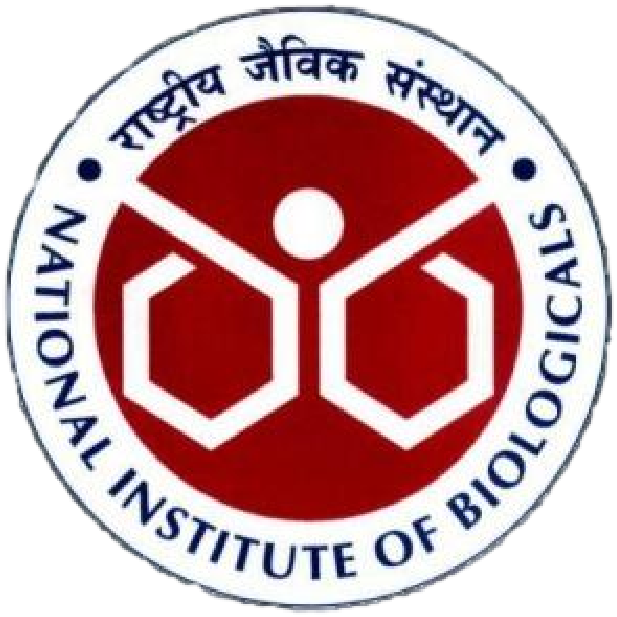HAEMOVIGILANCE PROGRAMME OF INDIA (HvPI)
A centralized Haemovigilance Programme to assure patient safety & promote Public Health has been launched for the first time in the country on 10th December, 2012 in 90 Medical Colleges under Pharmacovigilance Programme of India (PvPI) for monitoring Adverse Reactions associated with Blood Transfusion & Blood Product Administration. National Institute of Biologicals (NIB), NOIDA is the National Coordinating Centre (NCC) for the Haemovigilance Programme of India (HvPI). The data in respect of Adverse Reaction associated with Blood transfusion & Blood Product administration is being collected from various Centres enrolled under HvPI in Transfusion Reaction Reporting Form (TRRF) via Haemo-Vigil software which has been developed in-house by IT Team NIB – IPC. OBJECTIVES OF HAEMOVIGILANCE PROGRAMME OF INDIA
Monitor Transfusion Reactions Create awareness amongst health care professionals Generate evidence based recommendations Advise CDSCO for safety related regulatory decisions Communicate findings to all key stakeholders Create National & International Linkages
CHARACTERISTICS OF HAEMOVIGILANCE PROGRAMME OF INDIA
| Non-punitive | Reporters are free from fear of retaliation against themselves or punishment of others as a result of reporting |
| Confidential | The identities of the patient, reporter and institution are never revealed to third party : Clause for confidentiality |
| Independent | The reporting system is independent of any authority with power to punish the reporter or the organization: NIB/IPC- Coordinating Centre between the Reporters and Regulators |
| Expert analysis | Reports are evaluated by experts who understand the clinical circumstances and are trained to recognize underlying systems causes: Haemovigilance Advisory Committee |
| Credible | Traceability of events through proper documentation which in turn will lead to effective recommendations which are to be accepted and acted upon By defining responsibilities to all the key departments and also by defining systematic documentation process |
| Systems oriented | Recommendations focus on changes in systems & process rather than being targeted at individual performance |
| Responsive | Participating organizations commit to implementing recommendations whenever possible |

